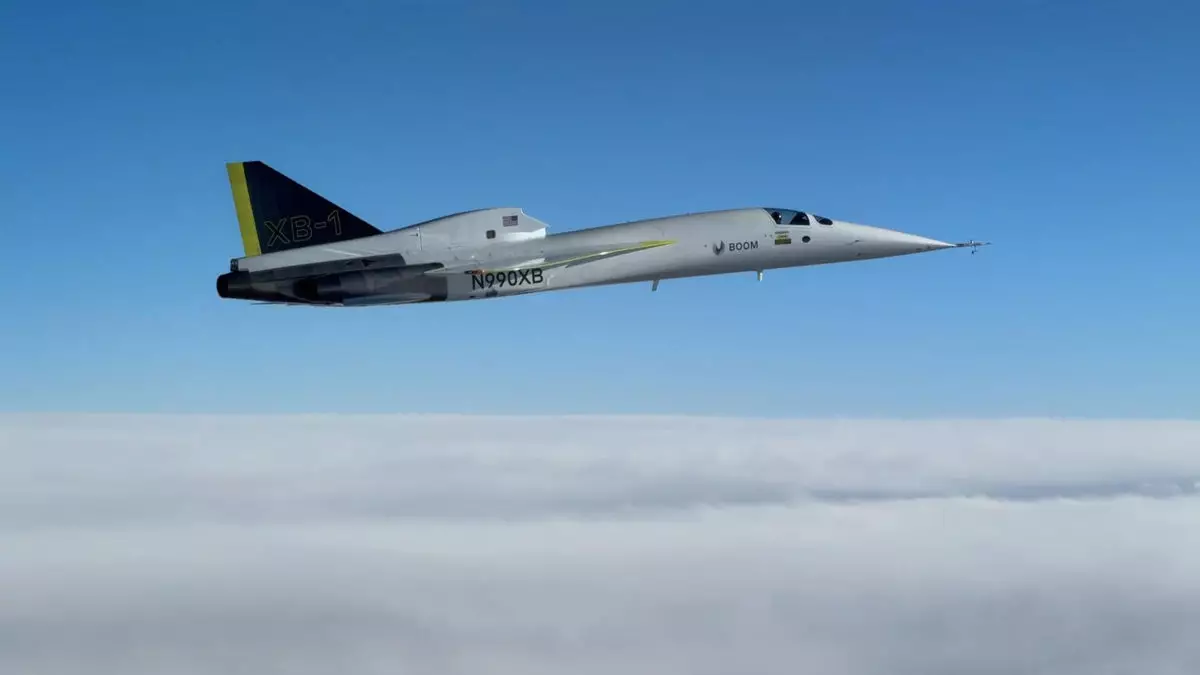In a significant move aimed at reviving commercial aviation, former President Trump has signed an executive order facilitating supersonic flights over land. This directive marks a pivotal shift from the 1973 ban that has long restricted such flights due to the disruptive noise produced by sonic booms. By directing the Federal Aviation Administration (FAA) to reconsider and ultimately repeal this ban within 18 months, Trump’s administration is igniting a new chapter in the aviation industry, one that could potentially transform air travel as we know it.
The order also emphasizes establishing a new noise standard that takes into account community concerns, economic practicality, and the latest technological advancements. This will not only pave the way for the return of supersonic travel but also ensure that it aligns with modern standards of noise reduction and environmental responsibility.
The Return of Supersonic Air Travel
The death of the Concorde in 2003 left a void in the market for supersonic travel, a segment that has long been yearned for by travelers eager to cut down their flight times substantially. Technological strides have emerged since then, notably showcased by Boom Supersonic’s recent success with its prototype aircraft, XB-1. Claiming its flights were inaudible from the ground, Boom Supersonic is heralding an era where speed no longer comes at the cost of community tranquility. Their upcoming Overture aircraft aims to revolutionize how we perceive air travel, promising speeds of up to Mach 1.3 over land without the infamous sonic boom.
This transformation could significantly enhance travel efficiency, allowing individuals to shave nearly 90 minutes off transcontinental flights. Imagine, for instance, a New York to Los Angeles trip being completed in under three and a half hours instead of the nearly six required by current jets. Although the thrill of speed is enticing, the broader implications regarding economic stimulation and increased accessibility are even more profound.
Challenges on the Horizon
Despite the excitement surrounding this possibility, significant hurdles remain. One of Boom Supersonic’s chief challenges is its attempt to develop its engines after facing obstacles with major manufacturers like GE and Rolls-Royce. Engineering an engine capable of supporting these ambitious speeds while adhering to new standards of noise could prove crucial in determining the project’s success. Creating a new paradigm in the aviation industry is not just about flight itself; it encompasses complex engineering, regulatory approvals, and social acceptance.
Furthermore, community support must not be underestimated. Even with advancements promising “Boomless Cruise” capability, ensuring that residents beneath flight paths feel comfortable and at ease will play a vital role in the successful reintroduction of supersonic flights.
The Future of Air Travel
The implications of this executive order reach far beyond the aviation industry. The potential for revitalized economic growth, fuelled by quicker transportation, aligns well with broader initiatives to enhance the American economy. If managed correctly, we could witness a renaissance in not just air travel but economic collaboration and connectivity.
In the face of challenges, we stand at a critical crossroads for air travel in America. The adaptation of new norms surrounding sound regulations and the technology needed for efficient supersonic travel represents a golden opportunity for progress. As the aviation sector veers into the future, a balance must be sought between innovation and community needs, laying the groundwork for a more dynamic travel landscape.


Leave a Reply